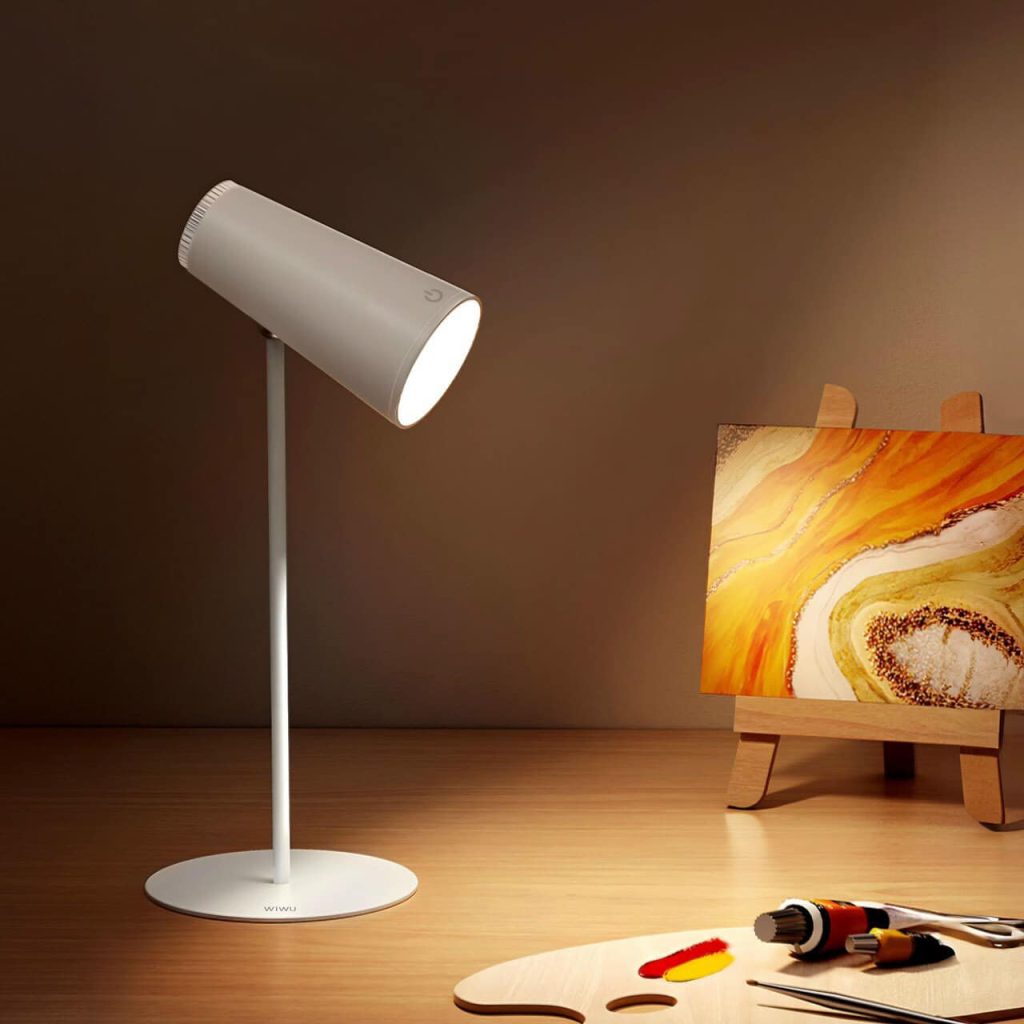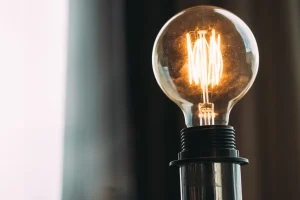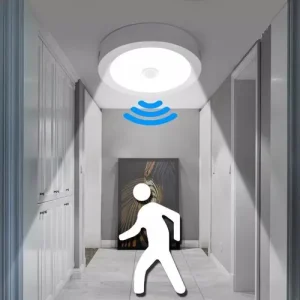Desk Lamps: What Are They For? How They Work, Applications, and Safe Usage Tips

A desk lamp is an essential tool for many people, providing focused light to create an optimal working or studying environment. Whether you’re studying for exams, working late into the night, or simply reading a book, a desk lamp offers the right lighting for a variety of tasks. In this article, we’ll explore the purpose of desk lamps, how they work, where they’re commonly used, and essential safety tips to keep in mind.
1. What Are Desk Lamps For? (Introduction, Common Types, and Benefits)
A desk lamp is a portable light source designed to be placed on a desk or work surface, providing directed illumination for tasks such as reading, writing, studying, and working on a computer. Desk lamps offer controlled lighting, which is particularly beneficial in environments where other light sources are insufficient or too harsh.
There are several types of desk lamps, each with distinct features to cater to different needs:
- Traditional Incandescent Desk Lamps: These lamps use incandescent bulbs that produce a warm, natural light. They are less energy-efficient but are often used for their soft glow.
- LED Desk Lamps: These are energy-efficient lamps that use light-emitting diodes (LEDs) to provide bright, cool, and consistent lighting. They often come with adjustable brightness settings and are a popular choice due to their energy efficiency.
- Halogen Desk Lamps: These lamps provide bright and intense light, often used for tasks requiring high illumination. They tend to be more energy-hungry than LEDs but provide excellent clarity.
- Smart Desk Lamps: These modern desk lamps are equipped with features like adjustable color temperatures, app control, and voice assistant compatibility for added convenience and customization.
The primary benefits of desk lamps include:
- Focused Lighting: Desk lamps provide targeted illumination for tasks, minimizing eye strain and improving productivity.
- Energy Efficiency: Modern LED desk lamps consume less energy, reducing electricity bills.
- Adjustability: Many desk lamps allow you to adjust the light direction and brightness, giving you control over your working environment.
- Aesthetic Appeal: With a variety of designs and styles, desk lamps can complement the décor of your workspace, creating a more comfortable and visually pleasing environment.
2. How Do Desk Lamps Work? (Principle of Operation and Key Components)
Desk lamps operate by converting electrical energy into light, typically through a bulb or light source within the lamp. The key components that make a desk lamp function include:
- Light Bulb: The most important part of any desk lamp, the light bulb is responsible for emitting light. Depending on the lamp type, this could be an incandescent bulb, LED, halogen bulb, or compact fluorescent bulb (CFL).
- Lamp Base: The base supports the lamp and keeps it stable. It’s often made from metal, plastic, or wood, providing durability and a sturdy foundation.
- Lamp Shade: The lamp shade diffuses light and can also help to direct it, reducing glare and creating a more even light distribution.
- Adjustable Arm (in some models): Many desk lamps feature adjustable arms that allow you to change the angle and direction of the light. This is particularly useful for tasks that require precision or close-up work.
- Switch: The switch turns the lamp on and off. Modern desk lamps may have dimmer switches to control the brightness level.
- Power Source: Desk lamps typically plug into an electrical outlet. However, some models are rechargeable or battery-operated, providing more flexibility in terms of placement.
When you turn on the desk lamp, electricity flows through the bulb’s filament (in incandescent and halogen lamps) or activates the LEDs, producing light. The lamp’s design allows for focused lighting, which is essential for tasks requiring concentration.
3. Where Are Desk Lamps Used? (Practical Applications)
Desk lamps are used in various environments where adequate lighting is essential for completing tasks. Common places where desk lamps are typically used include:
- Home Offices: A desk lamp is a vital tool for individuals working from home, as it provides optimal lighting for tasks like writing, reading, and computer work.
- Study Areas: Desk lamps are often used in study rooms or on students’ desks to help them read or complete assignments efficiently without straining their eyes.
- Bedrooms: Many people use desk lamps as reading lights beside their bed, allowing them to read or work in bed without disturbing others.
- Libraries: Desk lamps are used in libraries to illuminate reading materials or study areas, providing focused light for reading or working on assignments.
- Workshops: In workspaces like workshops, desk lamps provide bright, direct lighting for detailed tasks like drawing, assembling, or crafting.
- Creative Spaces: Artists, designers, and crafters often use desk lamps to illuminate their creative workspaces, providing precise light for intricate tasks such as sketching, painting, or sewing.
In all these settings, desk lamps are essential for improving focus, productivity, and comfort during tasks that require a high level of concentration.
4. How to Use Desk Lamps Safely (Safe Usage Tips and Important Considerations)
Using desk lamps safely is important to ensure that they function correctly and don’t pose a risk to users. Here are some key safety tips for desk lamp usage:
- Check for Electrical Issues: Always inspect the lamp and cord for any signs of damage before use. Frayed wires or broken lamps should be repaired or replaced to prevent electrical hazards.
- Use Correct Bulb Type: Ensure the bulb installed in the lamp is appropriate for the lamp model and that it doesn’t exceed the recommended wattage. Overloading the lamp with a bulb that draws too much power can cause overheating.
- Avoid Overheating: Do not cover the lamp’s shade with materials like cloth or paper, as this can cause the lamp to overheat, increasing the risk of fire.
- Place on Stable Surface: Ensure the lamp is placed on a flat, stable surface to avoid tipping over, especially when adjusting the lamp’s angle or position.
- Turn Off When Not in Use: To prevent overheating and save energy, turn off the desk lamp when not in use. Many modern lamps also come with automatic timers or energy-saving modes.
- Keep Away from Water: Avoid placing the lamp near water sources, such as sinks or bathtubs, to prevent electrical accidents or damage.
- Clean Regularly: Dust and dirt can accumulate on the lamp’s surface and bulb, reducing its efficiency. Clean the lamp regularly with a soft cloth to maintain optimal performance.
- Ensure Proper Ventilation: If your desk lamp is halogen or incandescent, make sure it is in a well-ventilated area to prevent heat buildup.
By following these safety precautions, you can ensure that your desk lamp provides effective lighting without any hazards.
Conclusion
Desk lamps are indispensable tools that provide focused lighting for a variety of tasks, from studying and reading to working and crafting. Understanding how desk lamps work, where they can be used, and how to use them safely can help you maximize their benefits. Whether you are working late into the night, reading a book, or engaging in creative projects, a good desk lamp can make a significant difference in your comfort and productivity.







